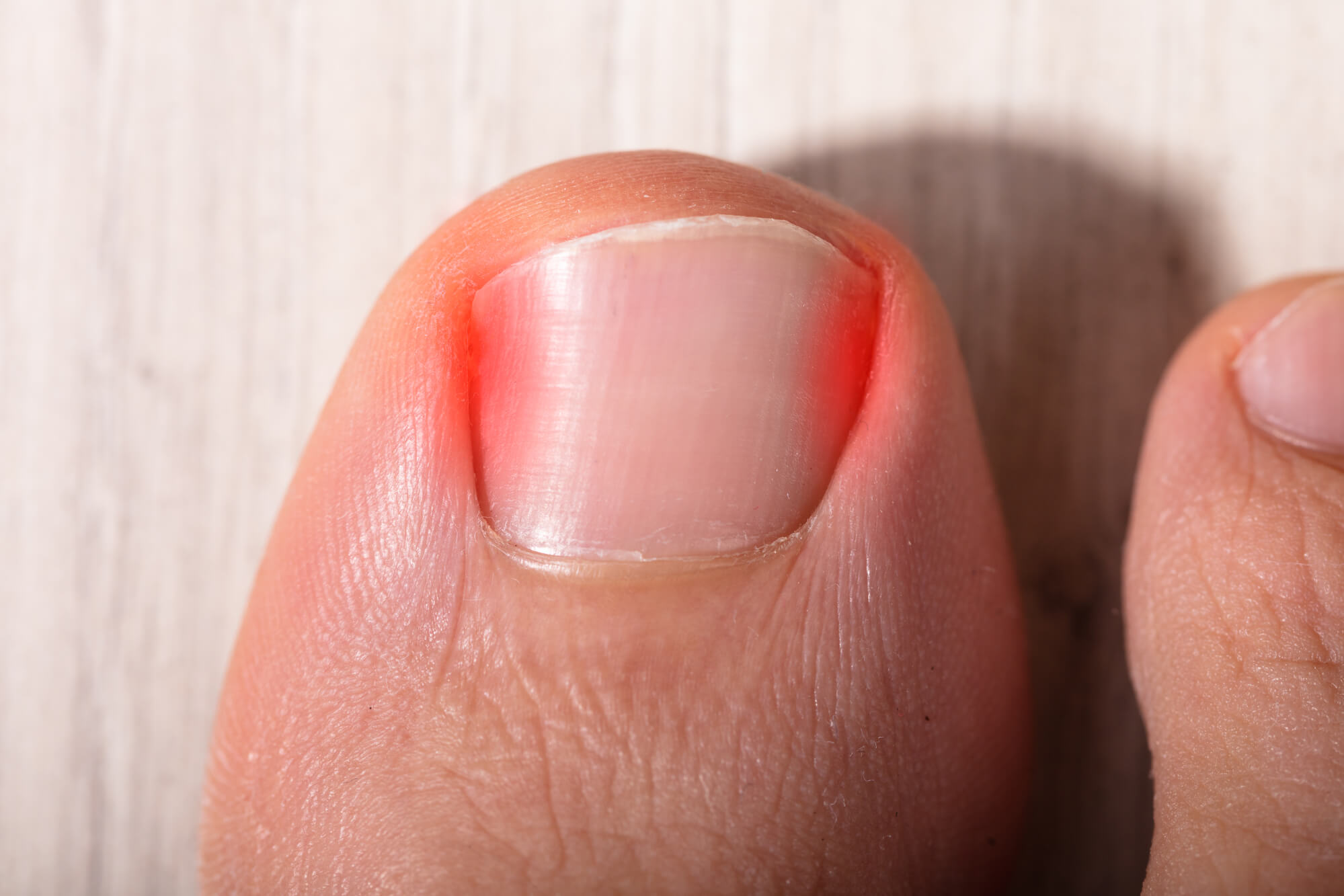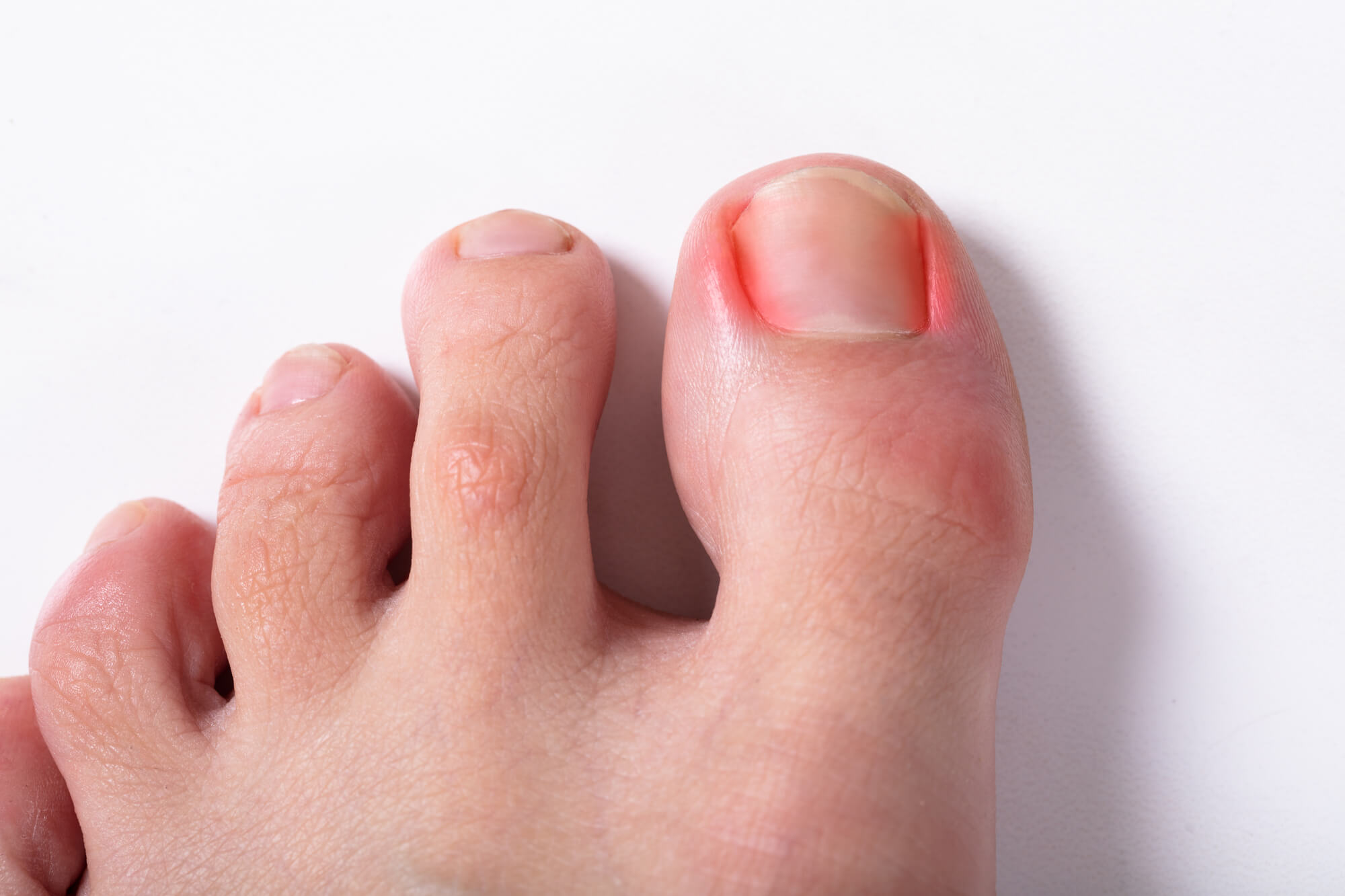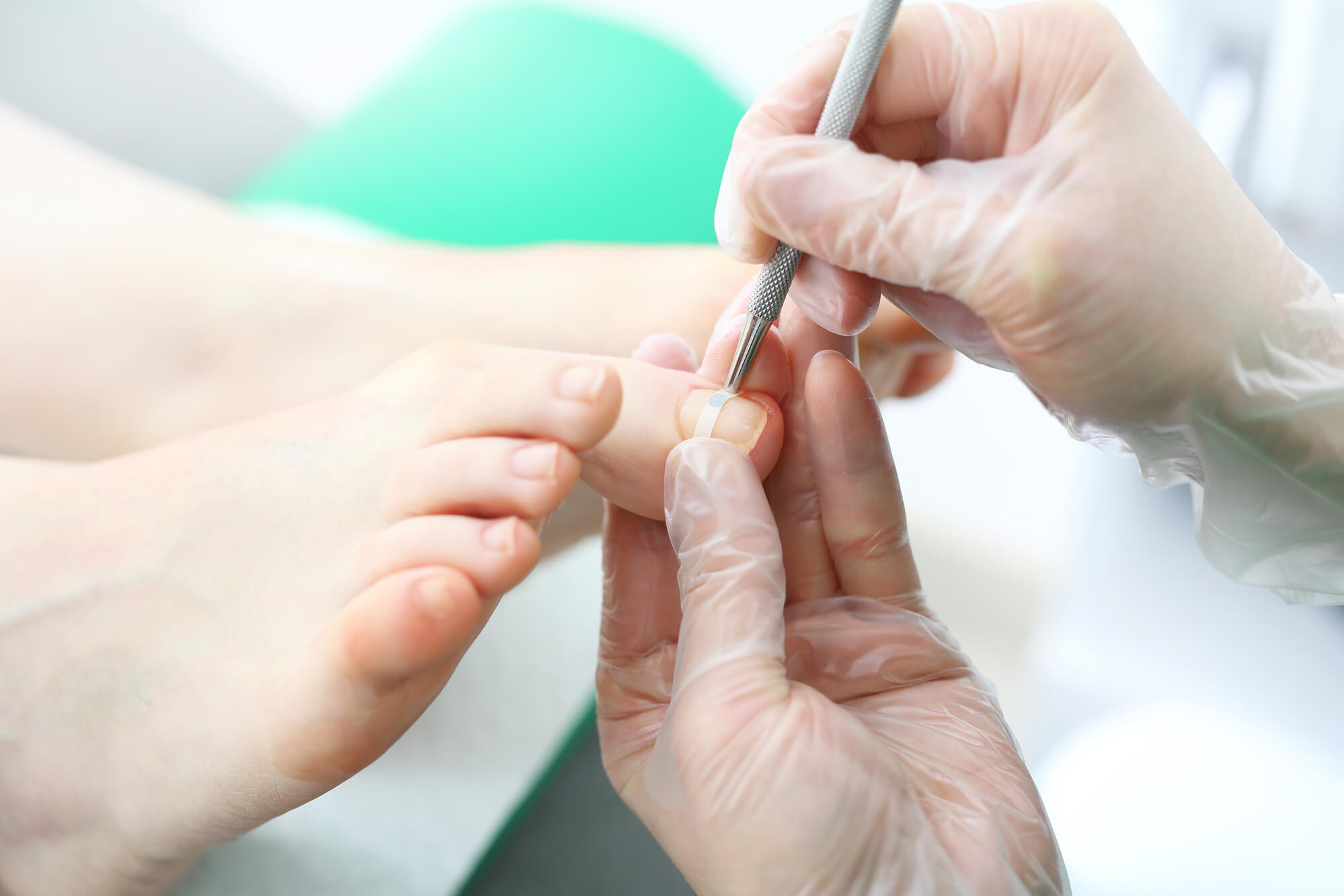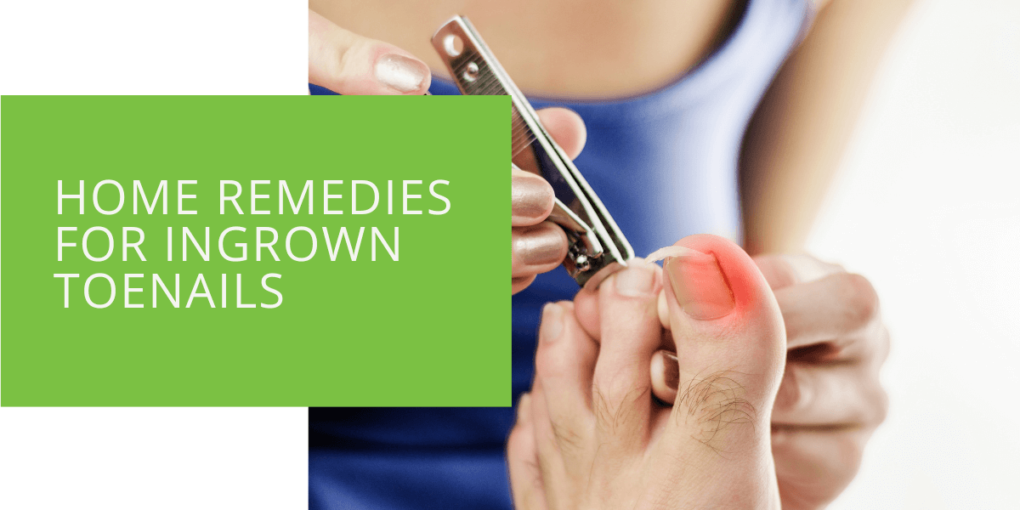10 Effective Home Remedies for Ingrown Toenail
Ingrown toenails are a common and painful condition caused by various factors, such as tight shoes or improper nail trimming. While severe cases may require medical attention, several home remedies can help alleviate the symptoms and prevent the condition from worsening. In this article, we'll discuss 10 effective home remedies for an ingrown toenail and how to use them.
1. Soak Your Feet in Warm Water
Soaking your feet in warm water is one of the most effective remedies for an ingrown nail. The warm water can help relieve pain and inflammation by softening the skin and reducing pressure on the affected area.
To do this, fill a basin with warm water and add a tablespoon of Epsom salt. Soak your feet for 15-20 minutes, then dry them thoroughly.
2. Apply an Epsom Salt Solution
Epsom salt has natural anti-inflammatory properties that can help reduce swelling and relieve pain caused by an ingrown toenail.
To make an Epsom salt solution, dissolve two tablespoons of Epsom salt in a cup of warm water. Soak a cotton ball in the solution and apply it directly to the affected area thrice daily for 15-20 minutes.
3. Use Tea Tree Oil
Tea tree oil is a natural antiseptic that can help prevent infection and reduce inflammation caused by an ingrown nail.
To use tea tree oil, mix a few drops with a carrier oil, such as coconut oil, and apply it to the affected area using a cotton ball. Repeat this two to three times a day until the symptoms subside.
4. Apply a Warm Compress
A warm compress can help relieve pain and reduce swelling caused by an ingrown toenail. The warmth can also help soften the skin around the affected area, making it easier to trim the nail properly.
Soak a clean cloth in warm water and wring out the excess water to make a warm compress. Apply the compress to the affected area thrice daily for 15-20 minutes.

5. Use Hydrogen Peroxide
Hydrogen peroxide can help prevent infection and promote the healing of an ingrown nail by killing harmful bacteria and germs.
Mix equal parts of 3% hydrogen peroxide and water in a bowl to use hydrogen peroxide. Soak a cotton ball in the solution and apply it to the affected area for 5-10 minutes twice daily.
6. Apply Aloe Vera
Aloe vera has natural anti-inflammatory and soothing properties that can help relieve pain and inflammation caused by an ingrown toenail.
To use aloe vera, apply a small amount of the gel directly to the affected area and massage it gently for a few minutes. Repeat this two to three times a day.
7. Elevate Your Feet
Elevating your feet can help reduce swelling and promote the healing of an ingrown toenail by improving blood circulation.
To elevate your feet, prop them up on a pillow or cushion while you rest or sleep.
8. Wear Comfortable Shoes
Wearing tight or ill-fitting shoes can cause or worsen an ingrown toenail. To prevent this, wear shoes that fit properly and provide adequate support.
9. Apply Antibiotic Ointment
Antibiotic ointment can help prevent infection and promote the healing of an ingrown toenail. Apply a small amount of antibiotic ointment to the affected area after washing and drying your feet.
10. Gently Massage the Area
Massaging the affected area can help improve blood circulation and promote the healing of an ingrown toenail. Use your fingers to gently massage the area around the toenail for a few minutes, two to three times a day.

Preventing Ingrown Toenails
Preventing ingrown toenails is key to avoiding the discomfort and potential infection associated with the condition. Here are some tips to help prevent ingrown toenails from developing:
- Trim your toenails straight across rather than in a curved shape. Avoid trimming your nails too short, as this can increase the likelihood of the nail growing into the skin.
- Wear comfortable shoes that fit properly and provide ample room for your toes to move freely. Avoid shoes that are too tight or have a narrow toe box.
- Practice good foot hygiene by keeping your feet clean and dry. Avoid wearing wet socks or shoes, as this can increase the risk of infection.
- Consider using dental floss or a small tool to clean under your toenails, as this can help prevent ingrown toenails from developing.
- Soak your feet in warm, soapy water and disinfectant regularly to prevent bacterial or fungal infections.
- If you have a history of ingrown toenails, consider seeing a podiatrist for regular nail trimming or other preventative measures.
By following these tips, you can help prevent ingrown toenails from developing and avoid the discomfort and potential infection associated with the condition.

When to See a Podiatrist About An Ingrown Toenail
While these remedies can be effective in treating ingrown toenails, there are cases where medical attention from a podiatrist is necessary. It is important to seek medical attention if you experience any of the following:
- Severe pain that does not improve with home remedies
- Signs of infection, such as redness, swelling, warmth, or drainage
- Chronic ingrown toenails that keep coming back
- Diabetes or other conditions that affect circulation or the immune system
- Difficulty walking or performing everyday activities due to the ingrown toenail
A podiatrist can provide a proper diagnosis and treatment plan for your ingrown toenail. Depending on the severity of the condition, the podiatrist may perform a procedure such as a partial nail avulsion to remove part of the affected toenail or prescribe antibiotics to treat an infection. In some cases, surgery may be necessary to correct the underlying problem and prevent the ingrown toenail from recurring.
If you are experiencing persistent or severe symptoms of an ingrown toenail, do not hesitate to seek medical attention from a qualified podiatrist. Prompt treatment can help prevent complications and improve your overall foot health.
Conclusion
Ingrown toenails can be painful and uncomfortable, but several home remedies can help alleviate the symptoms and prevent the condition from worsening. Soaking your feet in warm water, applying an Epsom salt solution, using tea tree oil, applying a warm compress, using hydrogen peroxide, applying aloe vera, elevating your feet, wearing comfortable shoes, applying antibiotic ointment, and gently massaging the area are all effective remedies for an ingrown toenail. If the symptoms persist or worsen, it is important to seek medical attention from a podiatrist.
By following these tips, you can help alleviate the discomfort of an ingrown toenail and prevent it from recurring. If you have any questions or concerns, consult a healthcare professional.

